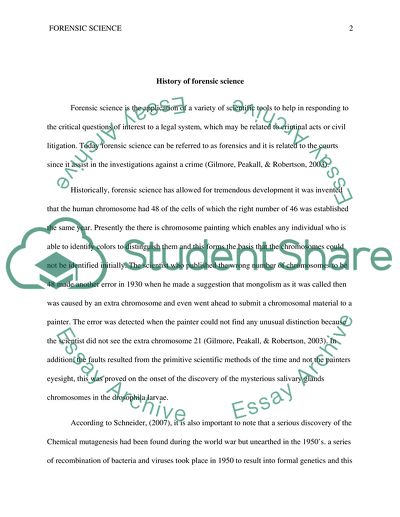Cite this document
(“History of Forensic Science Term Paper Example | Topics and Well Written Essays - 2000 words”, n.d.)
History of Forensic Science Term Paper Example | Topics and Well Written Essays - 2000 words. Retrieved from https://studentshare.org/social-science/1783076-forensic-pathology
History of Forensic Science Term Paper Example | Topics and Well Written Essays - 2000 words. Retrieved from https://studentshare.org/social-science/1783076-forensic-pathology
(History of Forensic Science Term Paper Example | Topics and Well Written Essays - 2000 Words)
History of Forensic Science Term Paper Example | Topics and Well Written Essays - 2000 Words. https://studentshare.org/social-science/1783076-forensic-pathology.
History of Forensic Science Term Paper Example | Topics and Well Written Essays - 2000 Words. https://studentshare.org/social-science/1783076-forensic-pathology.
“History of Forensic Science Term Paper Example | Topics and Well Written Essays - 2000 Words”, n.d. https://studentshare.org/social-science/1783076-forensic-pathology.


